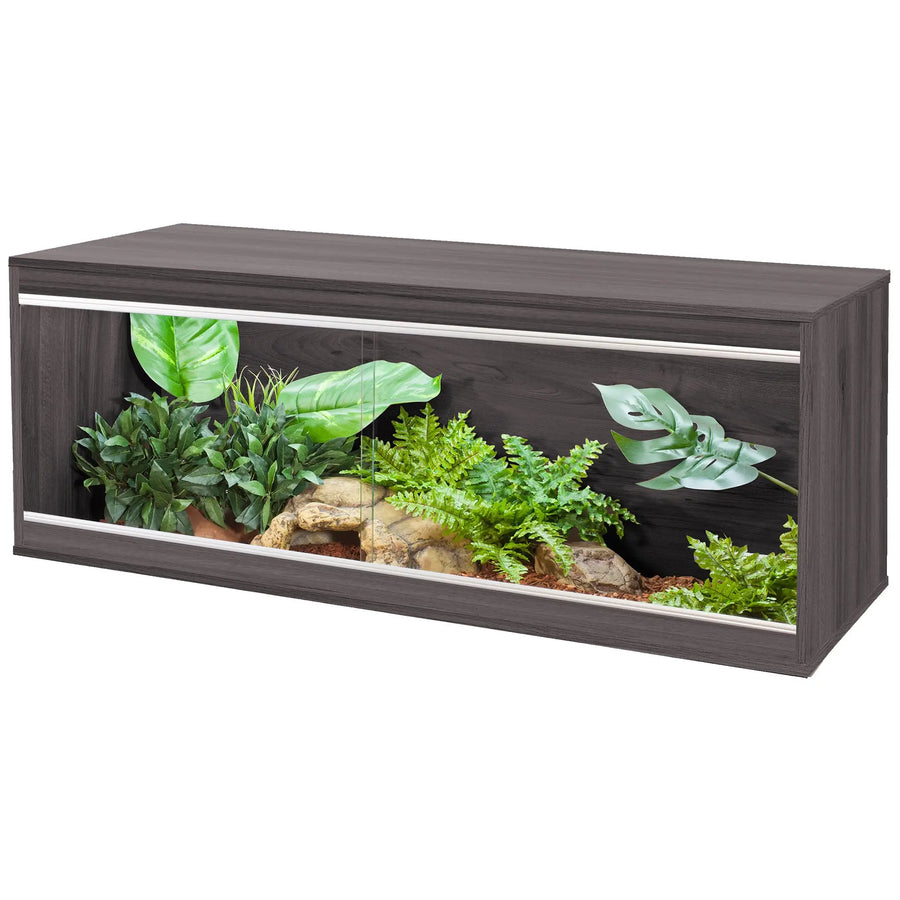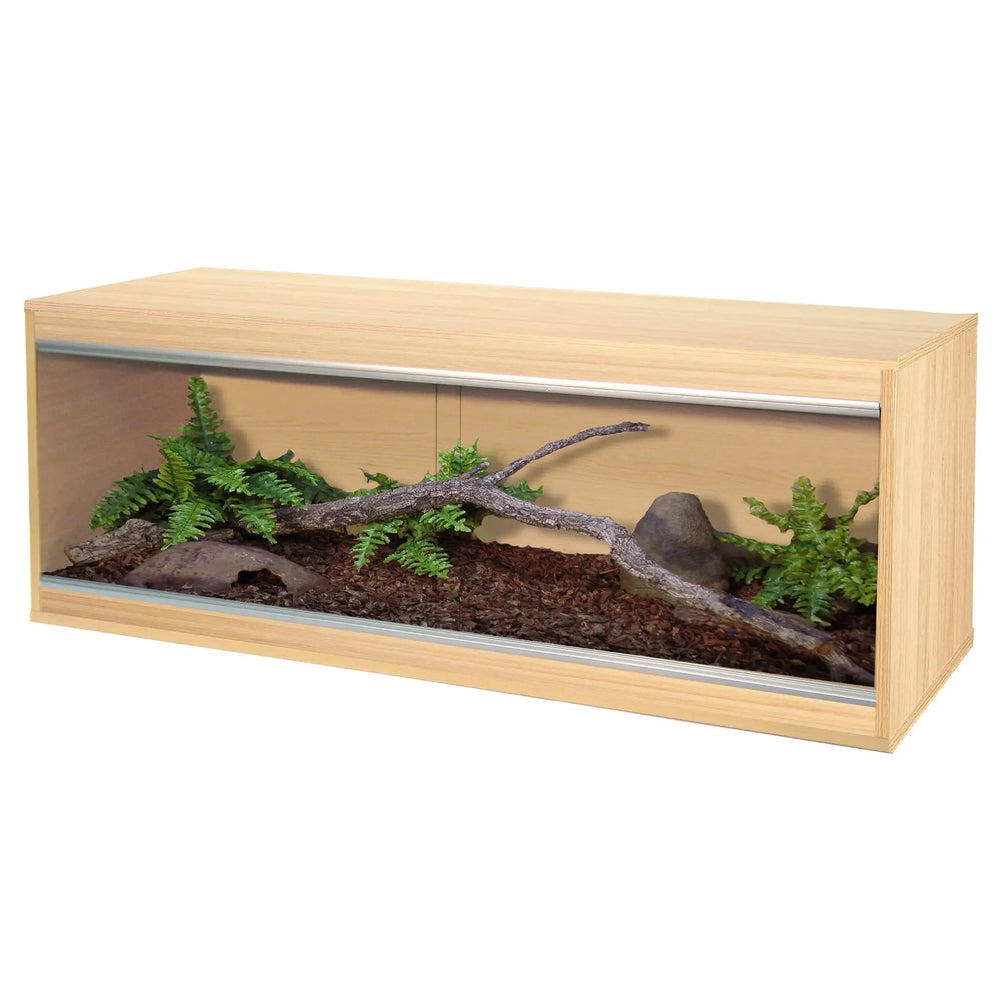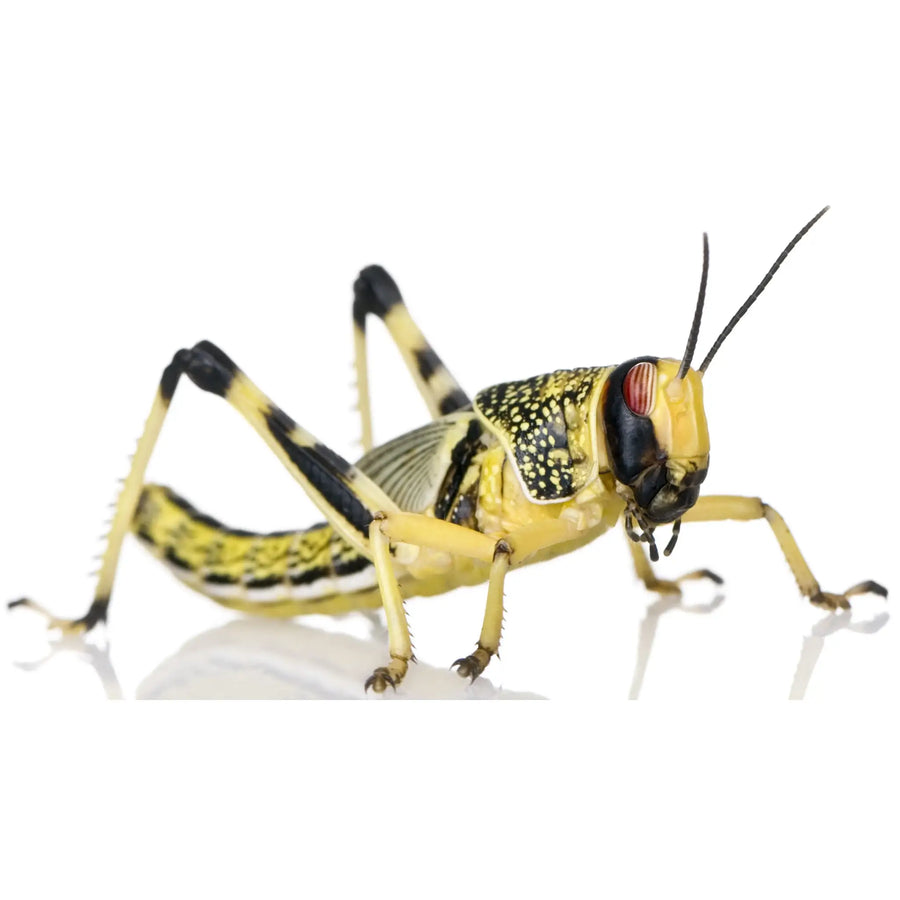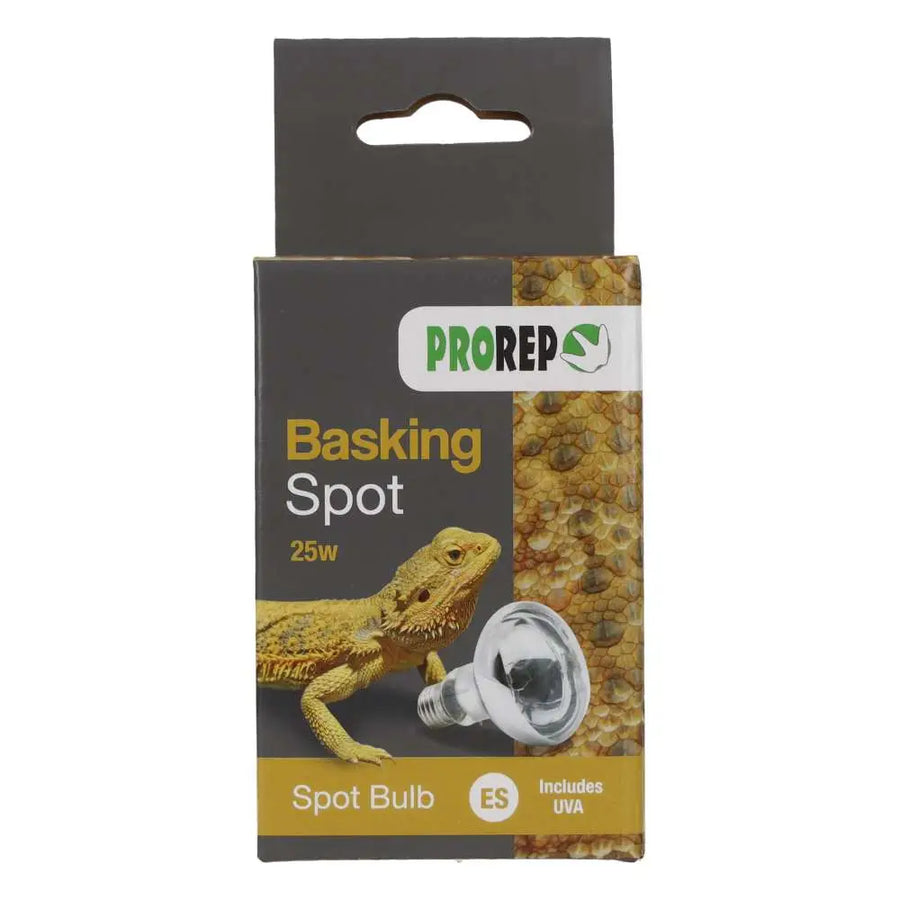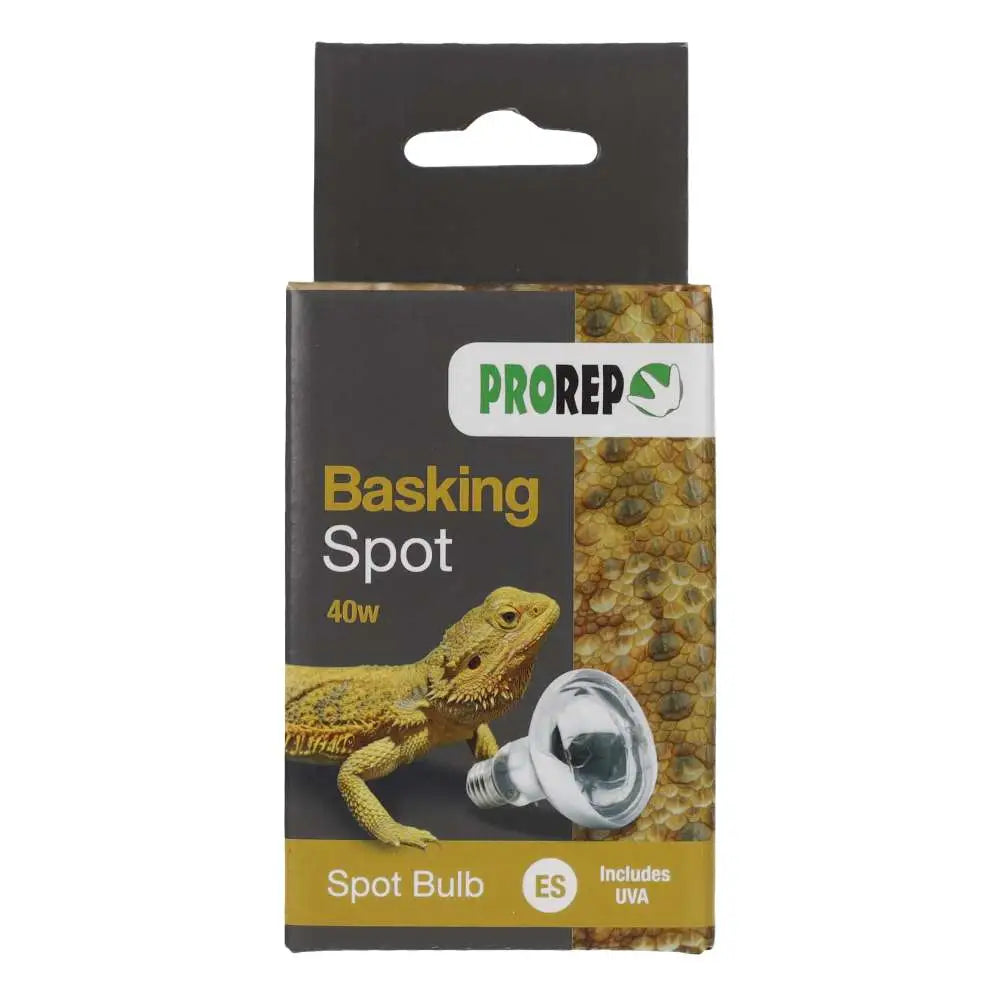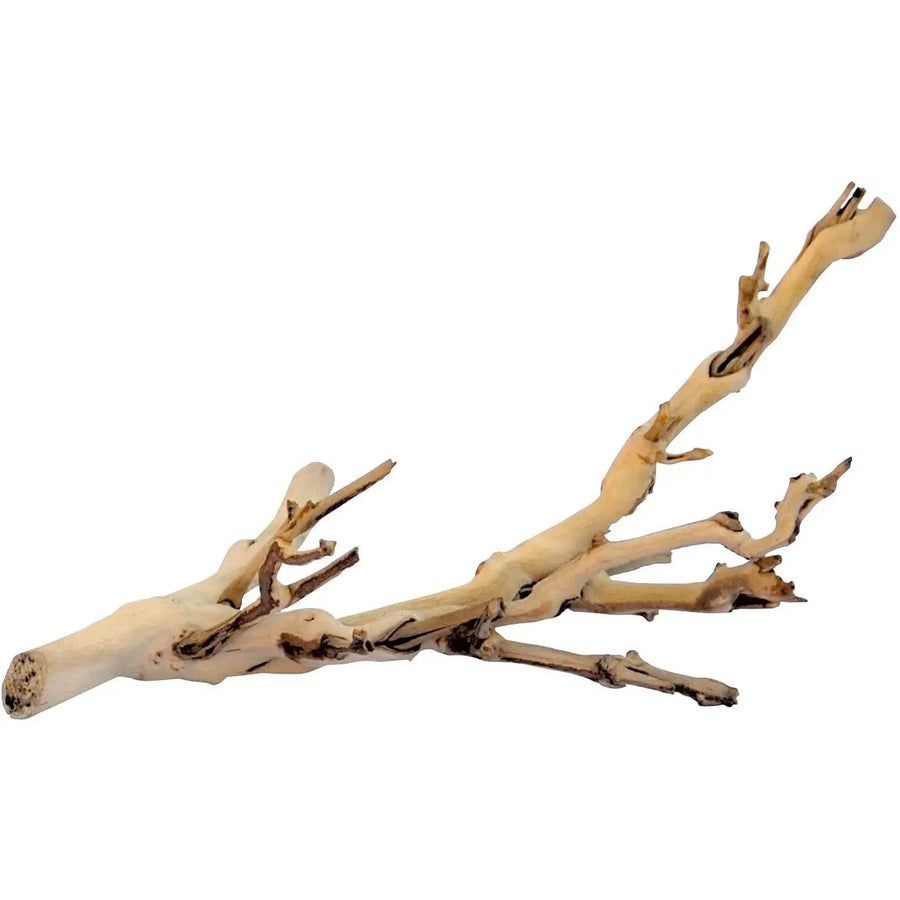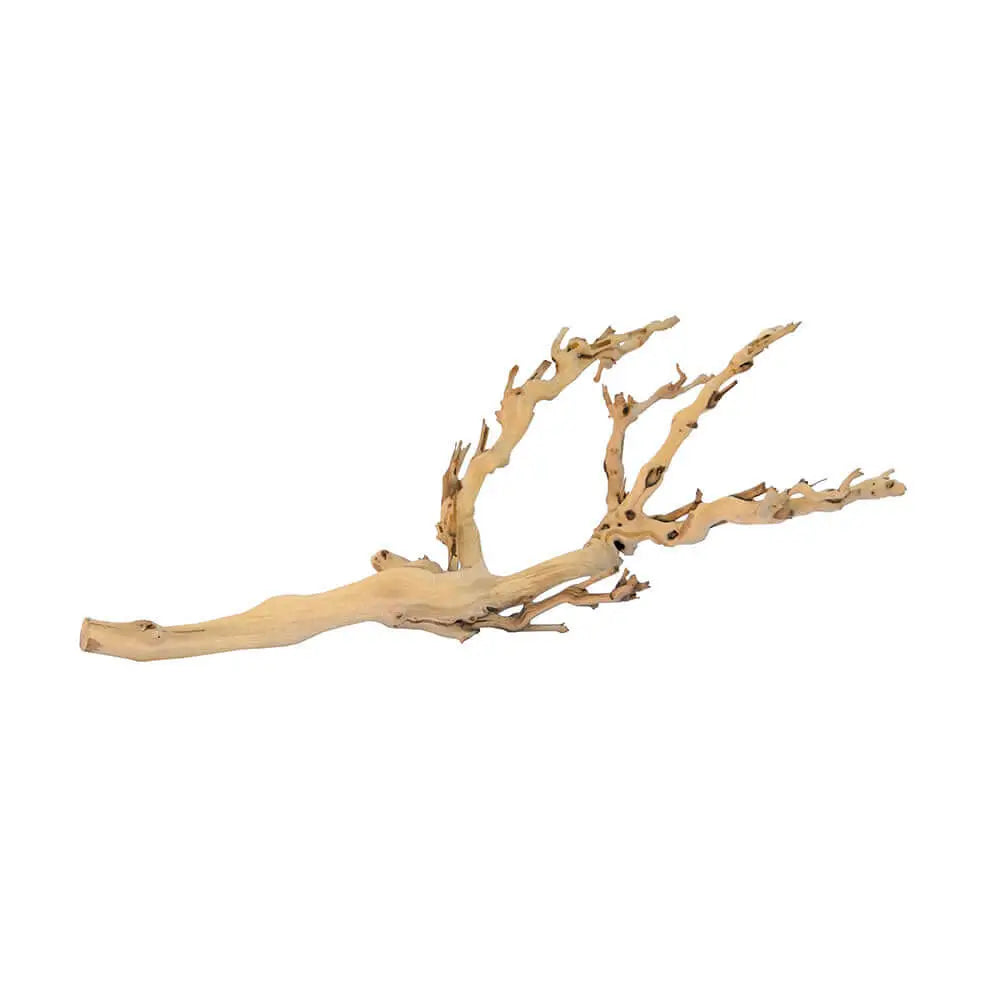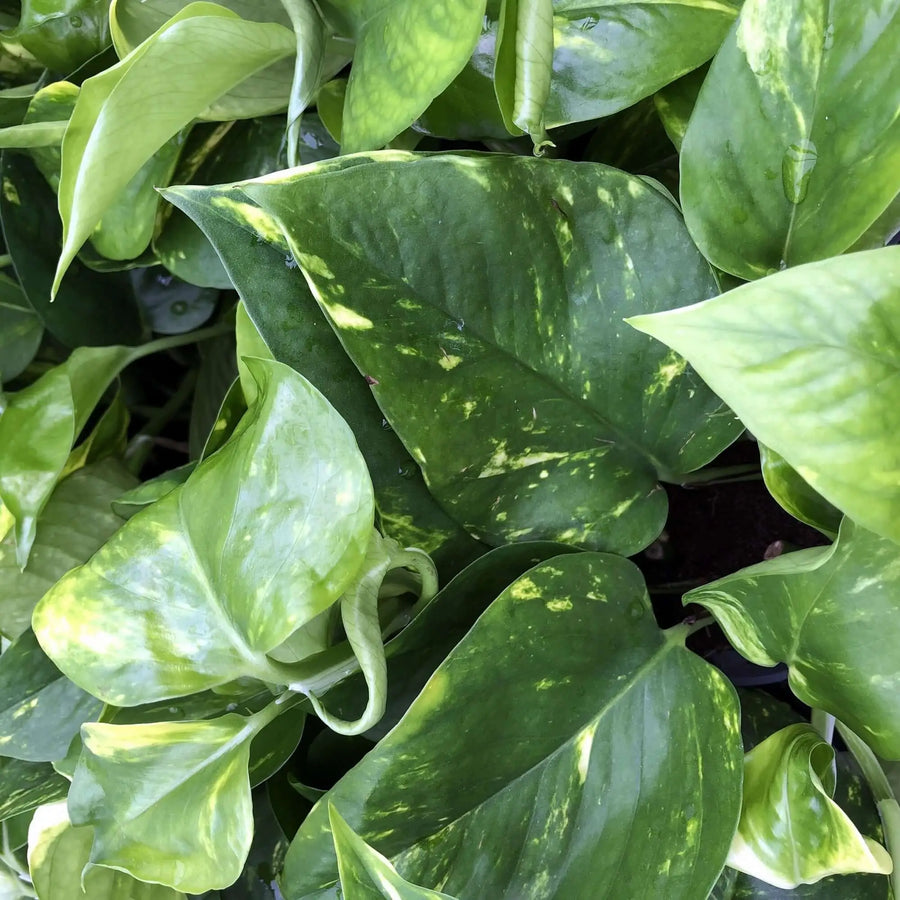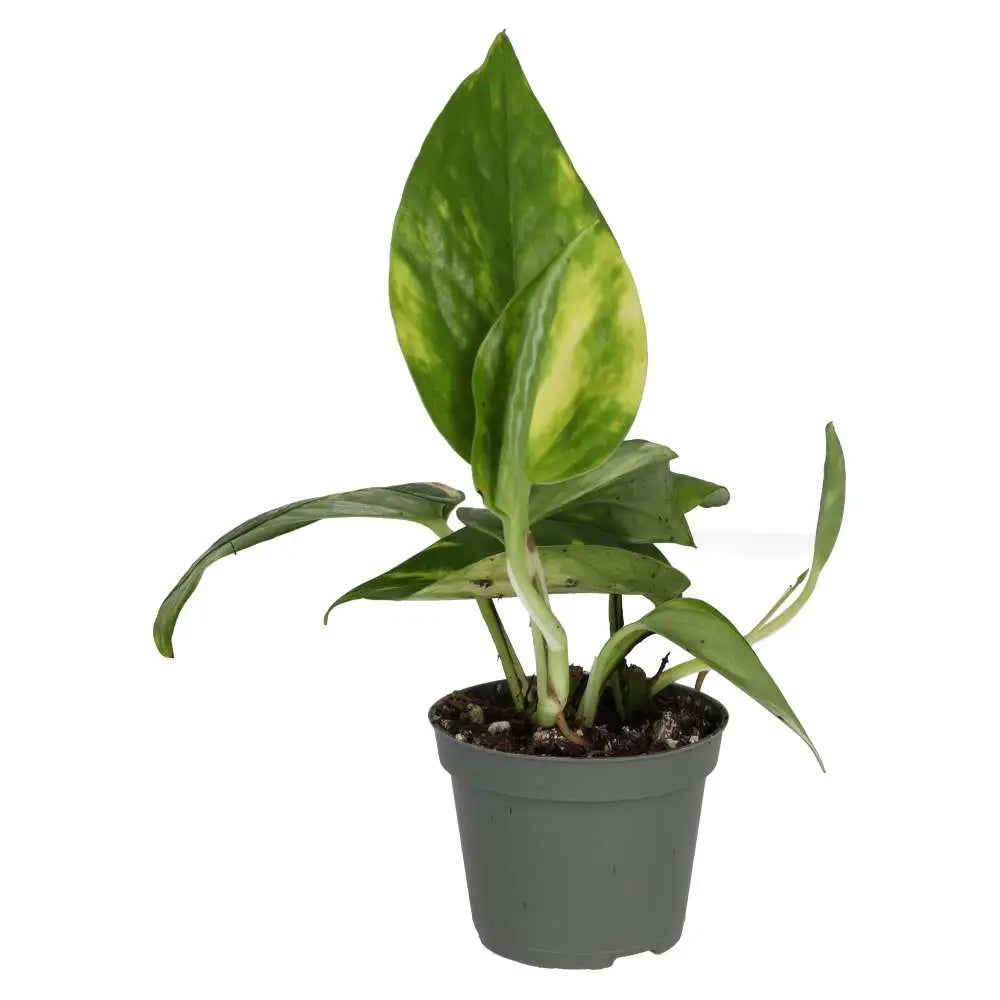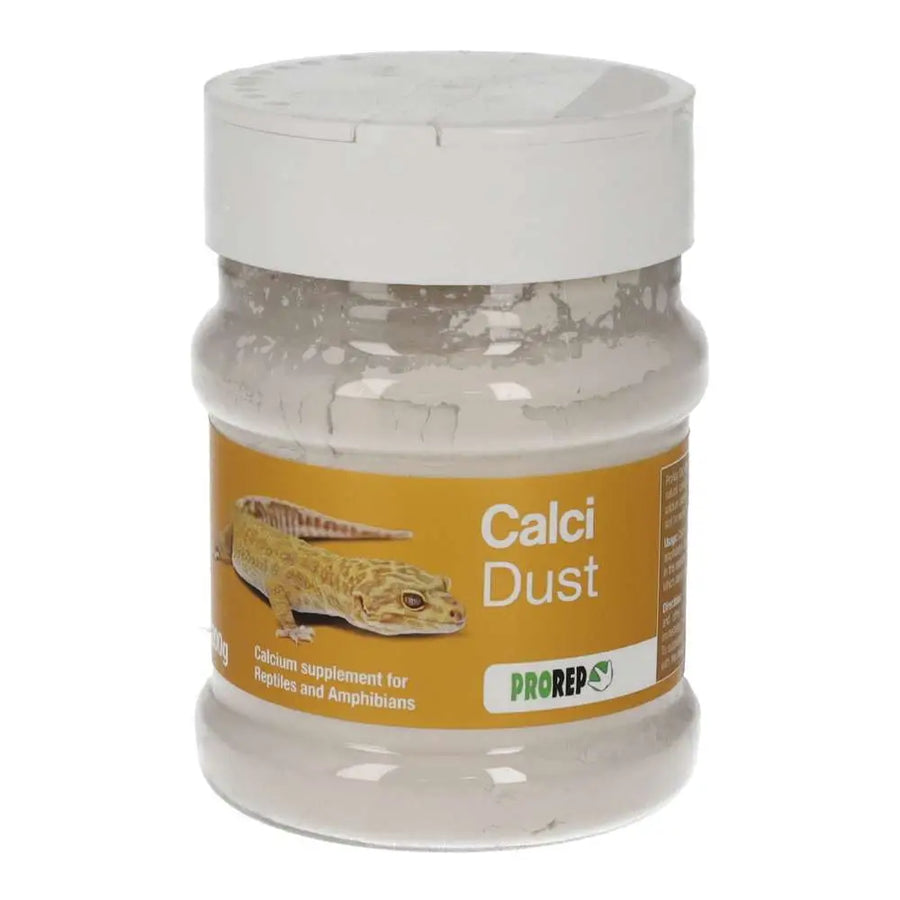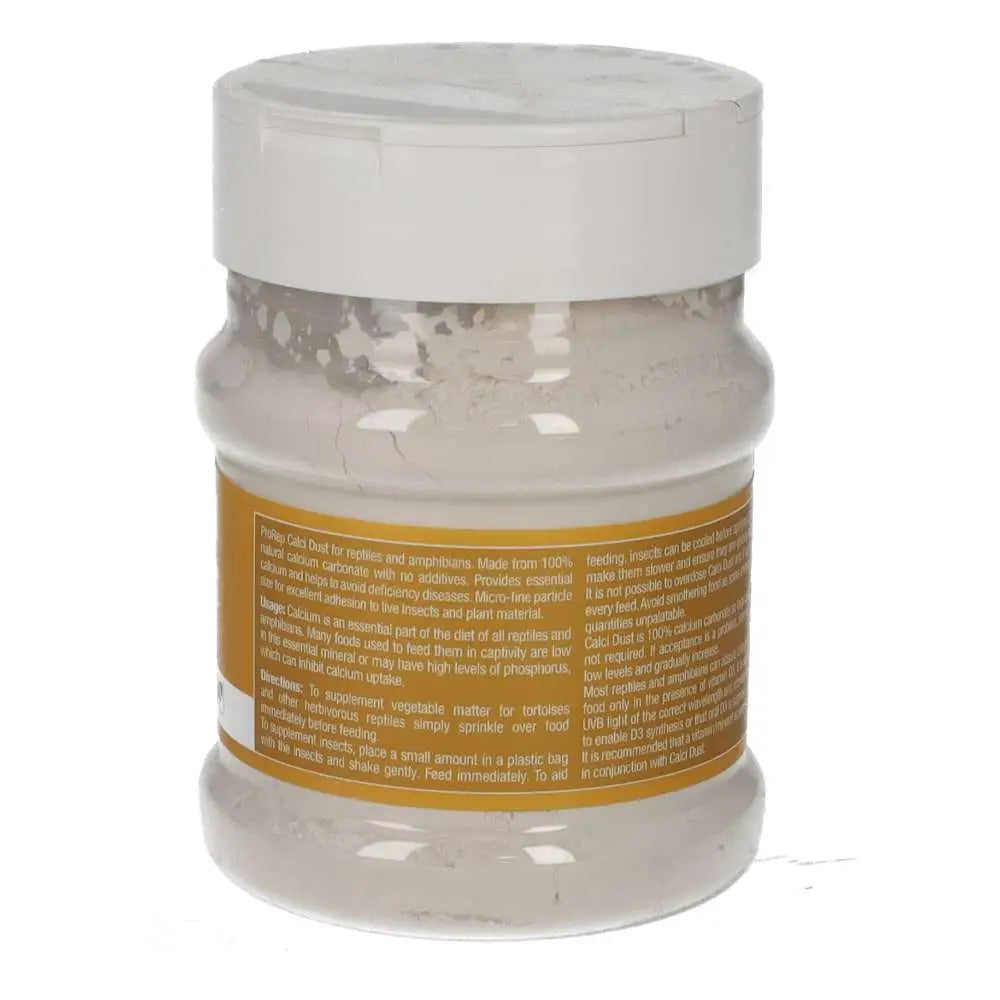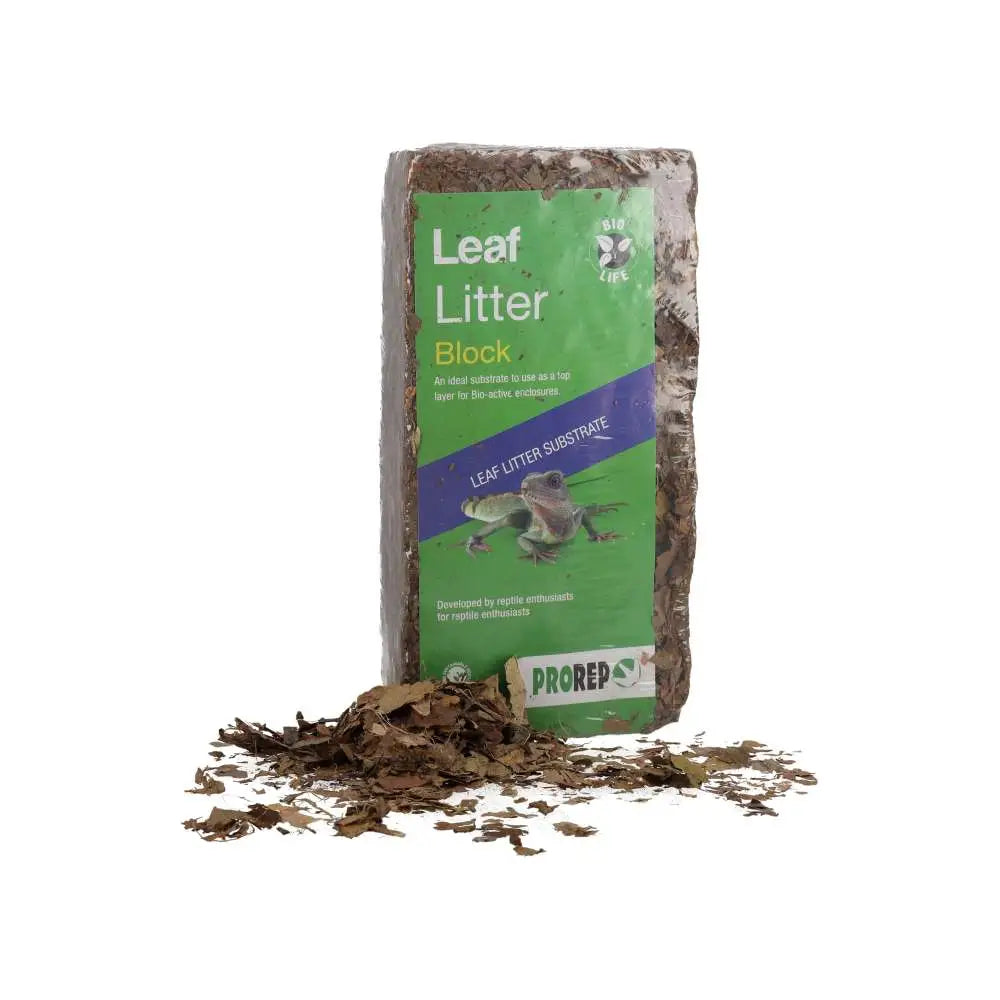
Which Bearded Dragon Substrate Should You Use?
by Luke Tansley on in Shop News
Bearded dragons are the most popular and commonly kept pet lizard in the UK. You would have thought that with the number of dragons being sold we would have settled on a perfect bedding for the species by now but there is still some argument within the community. As with many other topics, there are layers to this and the best answer would be ‘It depends on your set up and dragon. Please contact us’. If you would like to get a more in-depth explanation please read on.
Lighting and its effect on a bearded dragon

Bearded dragons are native to Australia and can be found in grasslands and arid regions all over the country. They love basking on really hot surfaces in direct sunlight and this provides two things. 1 – the bearded dragon can warm up very quickly and 2 – the dragon is provided a lot of UVB. The second portion of this directly into choosing the bedding.
In very simple terms, correct UVB exposure will allow the bearded dragon to produce its own vitamin D which in turn allows the dragon to use the calcium and phosphorous in its diet to maintain healthy bones. Without vitamin D the calcium in your bearded dragon’s diet may be passed without being useful. Over time this can cause a calcium deficiency and lead to illness and dangerous behaviour. When calcium is sparse in the wild the dragon can get some calcium by licking the ground and picking up bits of limestone. This is a natural behaviour and if a tiny amount is ingested it usually isn’t a problem. The problem comes when the dragon still isn’t able to use the calcium and remains deficient. The dragon will eat a little bedding, then a bit more, then even more. Large pieces of bedding can become lodged and fine beddings like sand or grit a clump together inside the dragon and cause a lot of problems. The answer to this problem isn’t to change the bedding, it’s to make sure the lighting is correct and functioning.
Diet and supplements for a bearded dragon

If you have a dragon you should have been told exactly how to keep it and will have been told which supplements are required. On the off chance that no-one has told you, you will need a source of calcium and vitamins in addition to the salad and live food. If there is no source of calcium in the diet or the source of calcium is really poor then you will see the same issues as above. Again the answer to this isn’t to remove the bedding, it is to use good supplements and provide your dragon with the correct diet.
Special cases

Though it is rare there will be special cases where a specific dragon will eat it’s bedding regardless of how well set up its enclosure is and how great the diet is. If it’s an innate behaviour then the reptile shop should have noticed it while the dragon grew and will hopefully advise you. If it is just a bad habit or learned behaviour you might need to consider having a setup with little to no bedding. If your dragon won’t stop eating its bedding consult a vet and your local reptile specialists.
Assuming the setup and husbandry is perfect
Assuming everything is great and your dragon doesn’t have a tendency to eat its bedding then feel free to choose from the following beddings: Coarse beech woodchip, Sand, Bioactive desert bedding (ProRep Desert bedding), Sand / Soil / Clay mixes (ProRep Beardie life). Any of these should be great. The coarse beech woodchip is the most cost-effective while the sand/soil/clay mix is likely to be the closest to a natural bedding.
If you have any questions about this article or need any help please contact us at sales@reptilecentre.com or call us on 01604753823.


